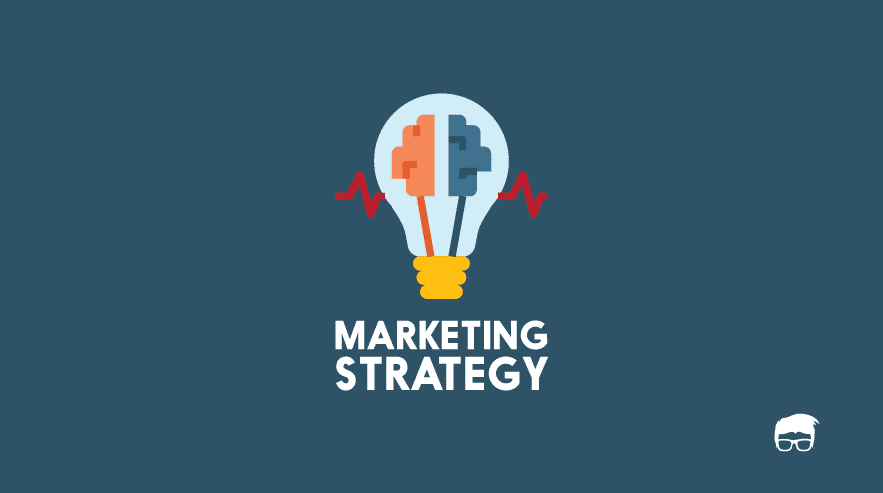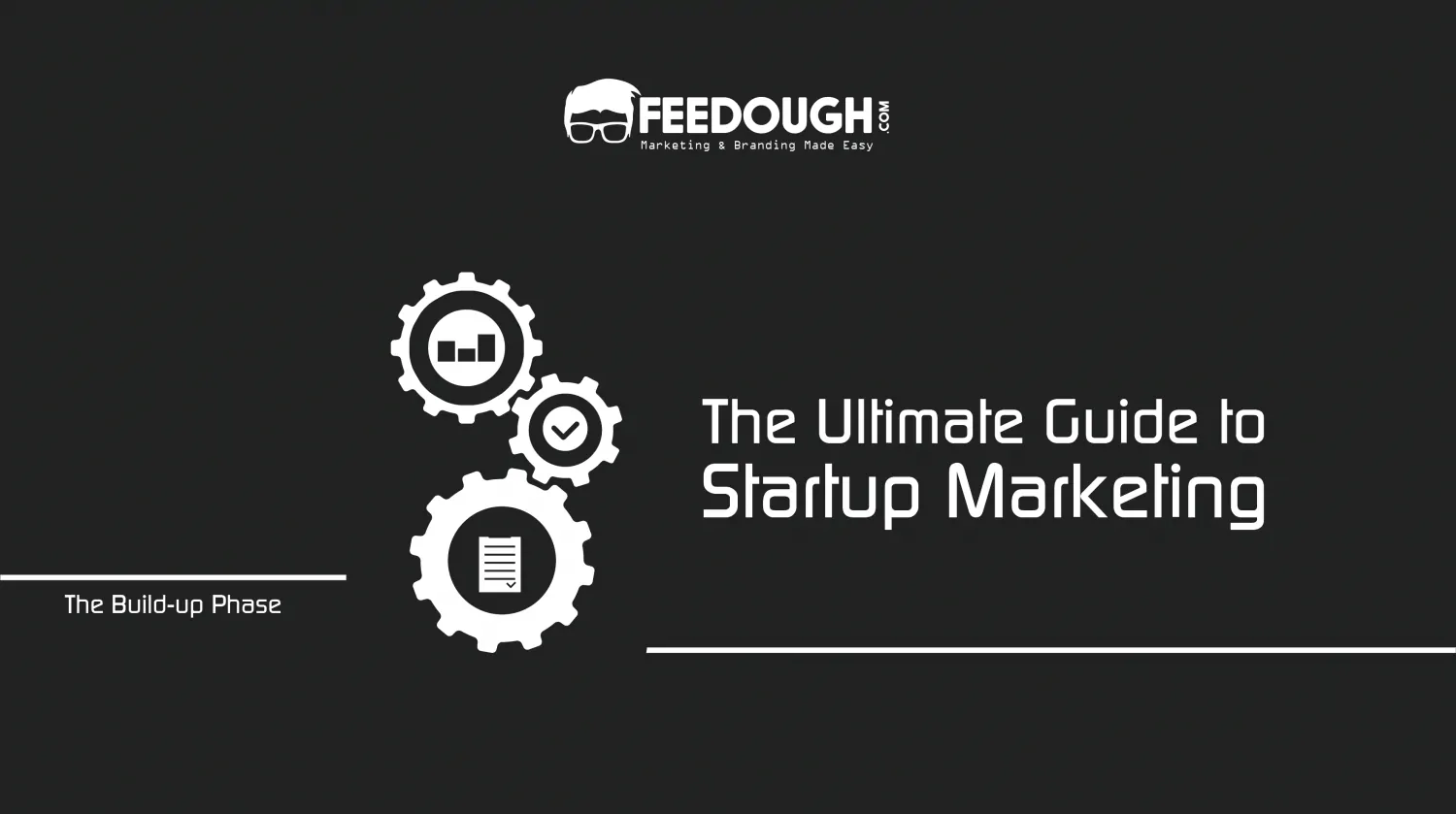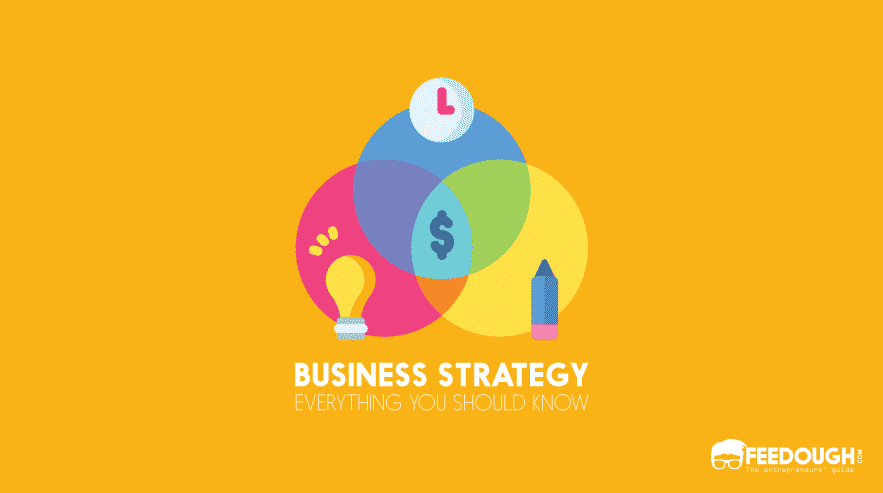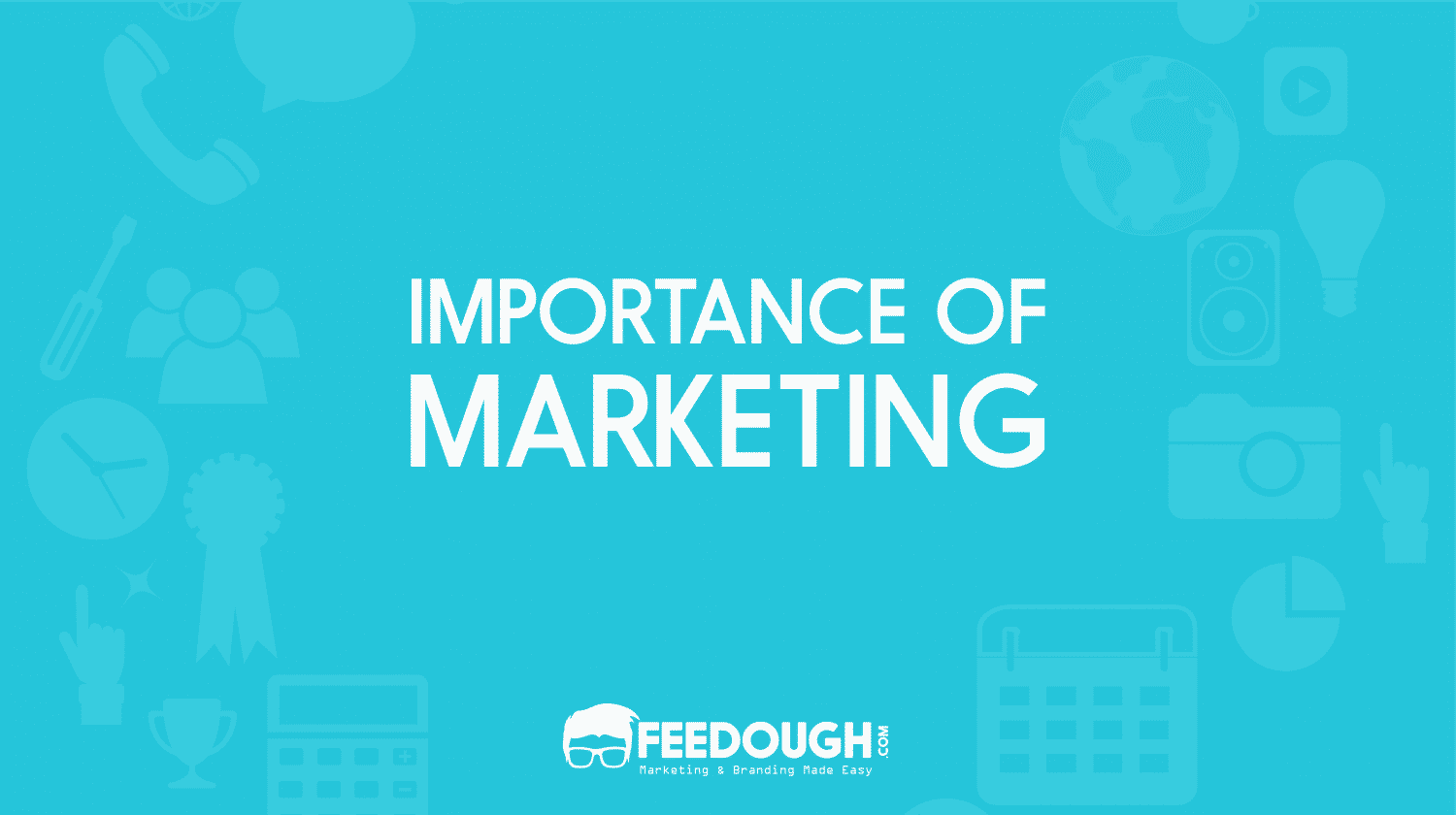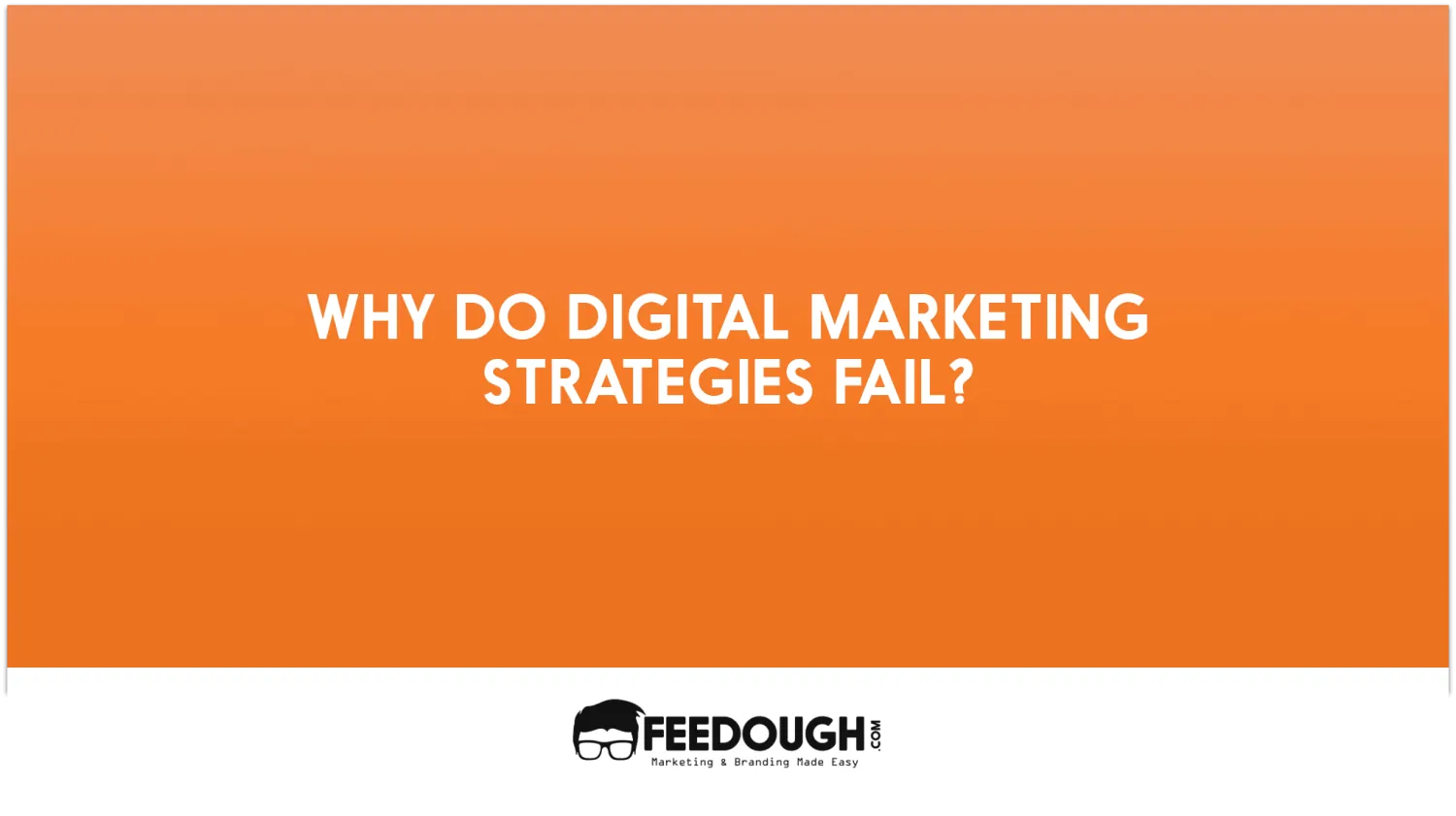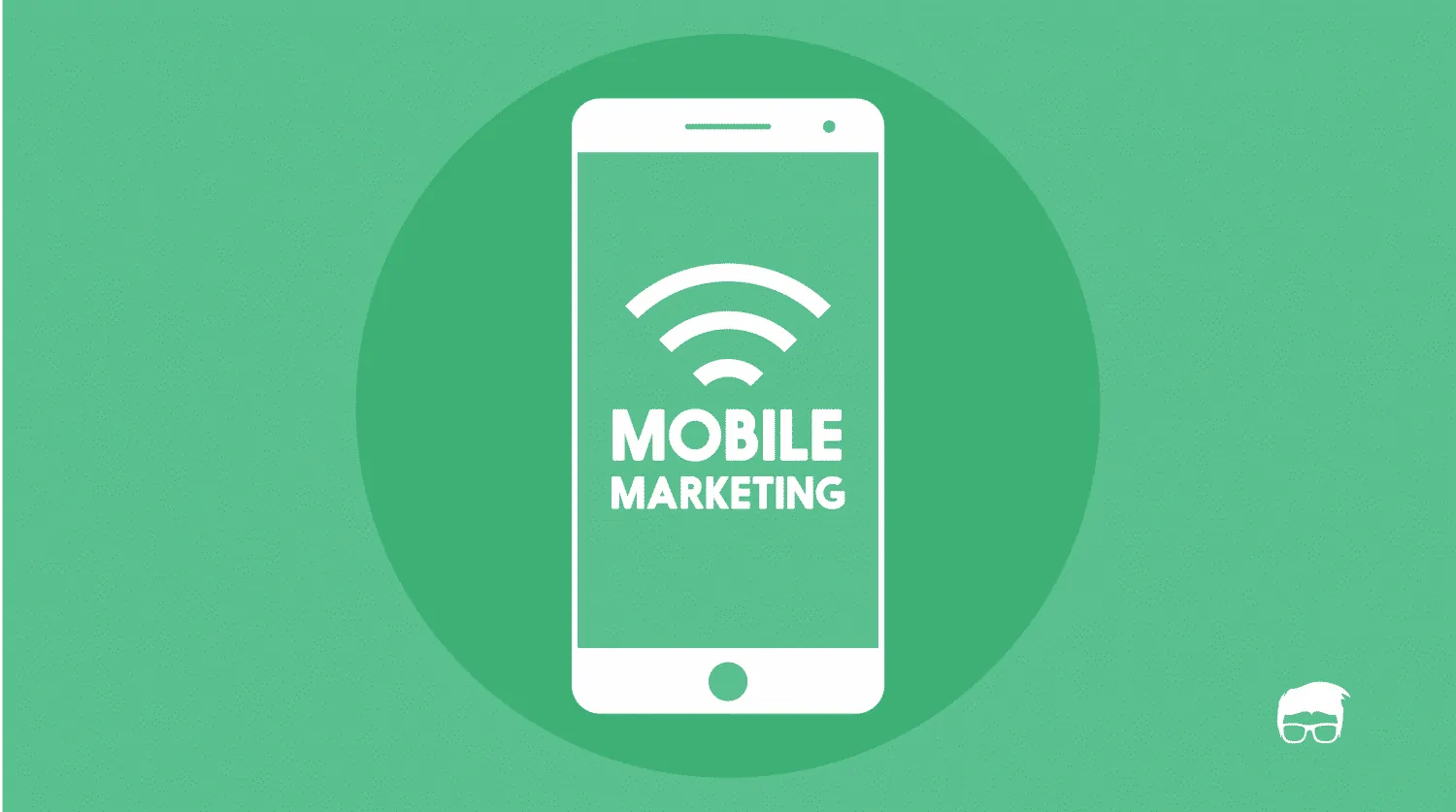A strategy is like a map that helps you reach your goals using a predefined route. Marketers use such strategies to fulfil their marketing objectives. These marketing strategies connect the dots of a marketing plan to help the business reach the target customers using apt channels and aid business growth in the long run.
Marketing strategies are essential elements of a business. In fact, they are the deciding factor of the business’s success and failure in the long run.
But first, what is a marketing strategy, and why is it important?
What Is Marketing Strategy?
A marketing strategy is the combination of all the business’s decisions and actions to increase sales and achieve a sustainable competitive advantage by understanding and fulfilling the needs and wants of the customers.
This definition of marketing strategy stands on three key pillars. These are:
- What: Marketing strategy is the overall game plan or the roadmap marketers use to achieve a business’s marketing objectives and goals.
- Why: It aims to achieve a unique market position backed by a sustainable competitive advantage that results in more sales and profits for the business.
- How: Every marketing strategy works directly or indirectly by fulfilling the needs and wants of the customers.
In simple terms, a marketing strategy is an achievable and actionable focused set of steps devised by marketers to achieve a marketing objective.
Importance Of Marketing Strategy
Every marketing plan derives its form from a set of marketing strategies it uses. These marketing strategies play an essential role in the marketing mix of a business.
- Helps achieve marketing objectives: Marketing strategies lay down a set of steps to achieve marketing objectives focused on fulfilling the business’s short term and long term marketing goals.
- Provides direction: Marketing strategies set roadmaps that includes apt steps towards achieving goals. This roadmap gives direction and ensures that the business doesn’t stray away from the set of listed steps.
- Ensures coordination: The set of steps ensures coordination and avoids confusion among different business departments that work together to achieve the same goals.
- Reduces Wastage: Marketing strategies ensure optimum resource use by reducing duplication of work and appropriate allocation of limited resources.
- Ensures better control: It decides on the path to be followed and interim goals to be achieved. Hence, it becomes easier for marketers to control the marketing activities and ensure they are going according to the plans.
Components Of A Marketing Strategy
Even though there are numerous types of marketing strategies, all of them consists of these six components.
- Target Market: It is the customer segment to whom all the marketing activities are directed.
- Business Offering: The product or service offered by the business.
- Competitive Advantage: The value proposition that separates the company from the competition.
- Goal: A milestone that decides whether the marketing strategy was successful or not.
- Communication strategy: How the company plans to communicate the marketing message to the target market. It includes communication channels and tactics to get more traction and conversion.
- KPI: Key performance indicators measure the business’s performance and progress in the strategic marketing areas associated with its success.
Marketing Strategy Vs Marketing Plan Vs Marketing Tactic
Marketing strategy is a subset of a marketing plan that defines marketing goals and objectives and elaborates on how the business intends to achieve them.
Marketing strategy outlines the roadmap of how to achieve the goals and objectives defined by the marketing plan.
Marketing tactic, on the other hand, constitutes the actions taken to support the strategy.
That is, if getting 10,000 followers on Instagram is a marketing goal defined in the marketing plan, the marketing strategy will define the set of steps a brand will take to achieve this goal. The steps may include one post and two posts a day. However, a marketing tactic would be the content of posts and stories that the brand will use to support the strategy.
What Are The 4 Ps and 7ps Of Marketing Strategy?
Each marketing strategy stands on some key pillars required to market an offering to the customers. These include four key pillars and three additional pillars.
The four pillars of a marketing strategy are:
- Product: the tangible, physical good or intangible service being marketed;
- Price: how much the customer pays to buy the product;
- Place: where and through what channels can the customer purchase the product;
- Promotion: how the business promotes its product to the customers.
The three additional Ps of a marketing strategy include:
- People: Thebusiness’s human resource that enables it to deliver the offering to the customer.
- Process: The series of actions involved in delivering the offering to the final consumer.
- Physical Evidence: The tangible elements surrounding the product and the physical environment where the product or service is provided to the customers.
A business develops its marketing strategy only after considering these seven Ps of marketing.
Marketing Strategies Examples
Every business in the market employs some form of marketing strategy to achieve sustainable competitive advantage and increase its sales. Some of the renowned marketing strategy examples include:
Aldi

Aldi is a renowned discount supermarket operating in over 18 countries. The company sells highly discounted products that are up to 50% less pricey as compared to competitors.
While the marketing plan sets the objective to sell products at a highly discounted price, the marketing strategy makes Aldi’s business model unique.
The company believes in a no-frills experience and limits its inventory to only important items with high sales volume. Moreover, 90% of the brands within the store are in-store brands which allow the company to source most of its products from local vendors.
TikTok

TikTok is a short-video powered social media platform that makes it easy for users to create and share short videos across the internet. In its initial days, the company used Instagram and other social media channels to get more users onboard. The company placed its logo within the user-generated content and made sharing videos on Instagram and other social media platforms super easy.
So, whenever a user shared a TikTok video on Instagram, their friends got triggered by FOMO as to what this platform was and downloaded the app just to try it. This made the company gain its initial users.
How To Develop A Marketing Strategy
Marketing strategy builds a roadmap that leads a business from the current scenario to the desired scenario. But developing a marketing strategy isn’t as easy as it seems. It requires a marketer to hop through six different steps.
Identify the Goals and Objectives
Every market strategy stems from the core goals defined in a marketing plan. The goals can be big or small, quantitative or qualitative, and short term or long term. But they give structure to the set of steps that a market strategy defines.
Conduct A Market Analysis
Before developing a marketing strategy, a marketer should analyse the current situation of the market. This includes –
- Who is the target customer?
- What is the buyer persona?
- Who are the current players in the market?
- How do they market their offerings?
- What are the shortcomings in the current market scenario?
- What needs are not yet fulfilled?
- What positioning strategies are not yet capitalised on?
Once the business gets the answer to these questions, developing a marketing strategy and capitalising on the value proposition becomes easy.
Identify The Competitive Advantage
Competitive advantage is the benefit that sets the business apart from the other market players. It is usually powered by the business’s unique value proposition and is the factor the business capitalises on to fulfil its marketing objectives.
Lay Down The Set Of Steps
Once the marketer is well versed with the market’s current situation – what is missing from the market and how can they capitalise on their competitive advantage to fill the gap, it becomes easy to lay down the steps to achieve the goals.
For example, if a business is looking to increase its number of paying users and the market analysis proves that its existing customers are loyal and would appreciate rewards, it can make use of a referral marketing strategy to reward its existing users for bringing in new users on board.
Go On, Tell Us What You Think!
Did we miss something? Come on! Tell us what you think of this article in the comments section.
A startup consultant, digital marketer, traveller, and philomath. Aashish has worked with over 20 startups and successfully helped them ideate, raise money, and succeed. When not working, he can be found hiking, camping, and stargazing.
